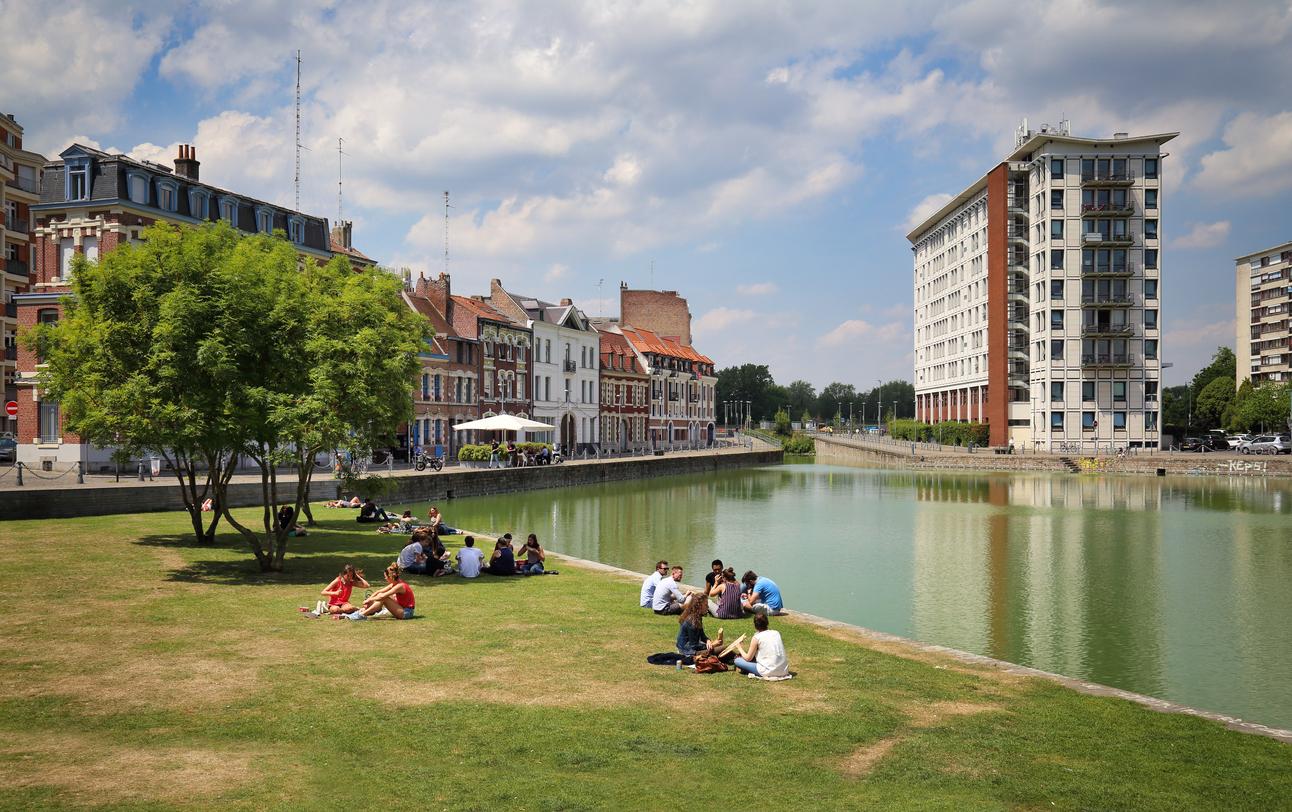A study assesses the impact of visits by counselors to patients’ homes, with a view to health insurance coverage.

In France, asthma affects four to six million people; its most severe forms kill 1,500 patients each year. The prevalence of the disease has exploded in recent decades. How many cases do we owe to polluted environments, unsuitable lifestyles, poorly protected housing? At the Rennes University Hospital, researchers bet that it would be possible to reduce the most severe symptoms through a very simple measure: improving the indoor environment of patients.
Home inspection
A study has been launched, which involves bringing in indoor environment advisers (CEIs) in the homes of people with severe forms of asthma – what is called “uncontrolled” asthma, which swells the ranks of hospitalizations. For two hours, in homes, bedrooms, nooks and crannies, the professional tracks down all the sources of nuisance and the daily actions that worsen the symptoms. The intervention is prescribed by a doctor, once at the start of the experiment, then a second time twelve months later.
“We look for the presence of mites, mold, pets, plants with soil, we look at the carpet, the dryer, possible pollutants – especially formaldehyde, a chemical that we found in indoor environments and which irritates the respiratory tract… ”, explains Jean-Pierre Gangneux, specialist in medical biology at the Parasitology-mycology laboratory at Rennes University Hospital, which coordinates the work.
Prof. Jean-Pierre Gangneux, parasitologist at Rennes University Hospital: ” When we say ‘don’t make the cat sleep on your asthmatic son’s duvet’, it’s not the same as when someone gives practical advice by visualizing the place … “
“The messages are not getting through well”
Through this process, the aim is to allow patients to appropriate advice that they might not have heard with the same attention in a doctor’s office. “The uncontrolled asthmatic patient, after hospitalization for example, will be followed by a pulmonologist, an allergist, and receive a certain number of messages,” continues Professor Gangneux. But we are on an exchange of about twenty minutes, during which he can be disoriented if he leaves the hospital and have less good listening. In fact, we realize that these messages do not get through very well ”.
Hence the idea of going directly to the site, to make “a kind of intrusion into the patient” and conduct a “real audit” of his home. At the end of the second CEI visit, a medical consultation makes it possible to assess the three criteria of this study: improvement of asthma control, the impact of passing CEI and compliance with its recommendations, changes in healthcare consumption and the quality of life of patients.
Costs and savings
About sixty people are participating in this study, the recruitment of which ends this summer. Ultimately, the aim is to determine whether the use of CEIs is “cost-effective”. A visit is billed, on average, 200 to 300 euros. “But it is much less than a day of hospitalization”, points out Jean-Pierre Gangneux.
If the experience is conclusive, the Health Insurance could then offer this reimbursed service to patients with severe forms of asthma. “Some hospitals or patient associations are already doing it.”
The pilot study which underlies this work has given very satisfactory results, says the doctor. “In 78% of the patients who had unacceptable control of their asthma, there was a marked improvement after the visit to the CEI, a decrease in hospitalizations the following year and a decrease in the intake of oral corticosteroid therapy… C ‘ was obvious in terms of efficiency ”. The results of this work are expected in 2019.

.

















